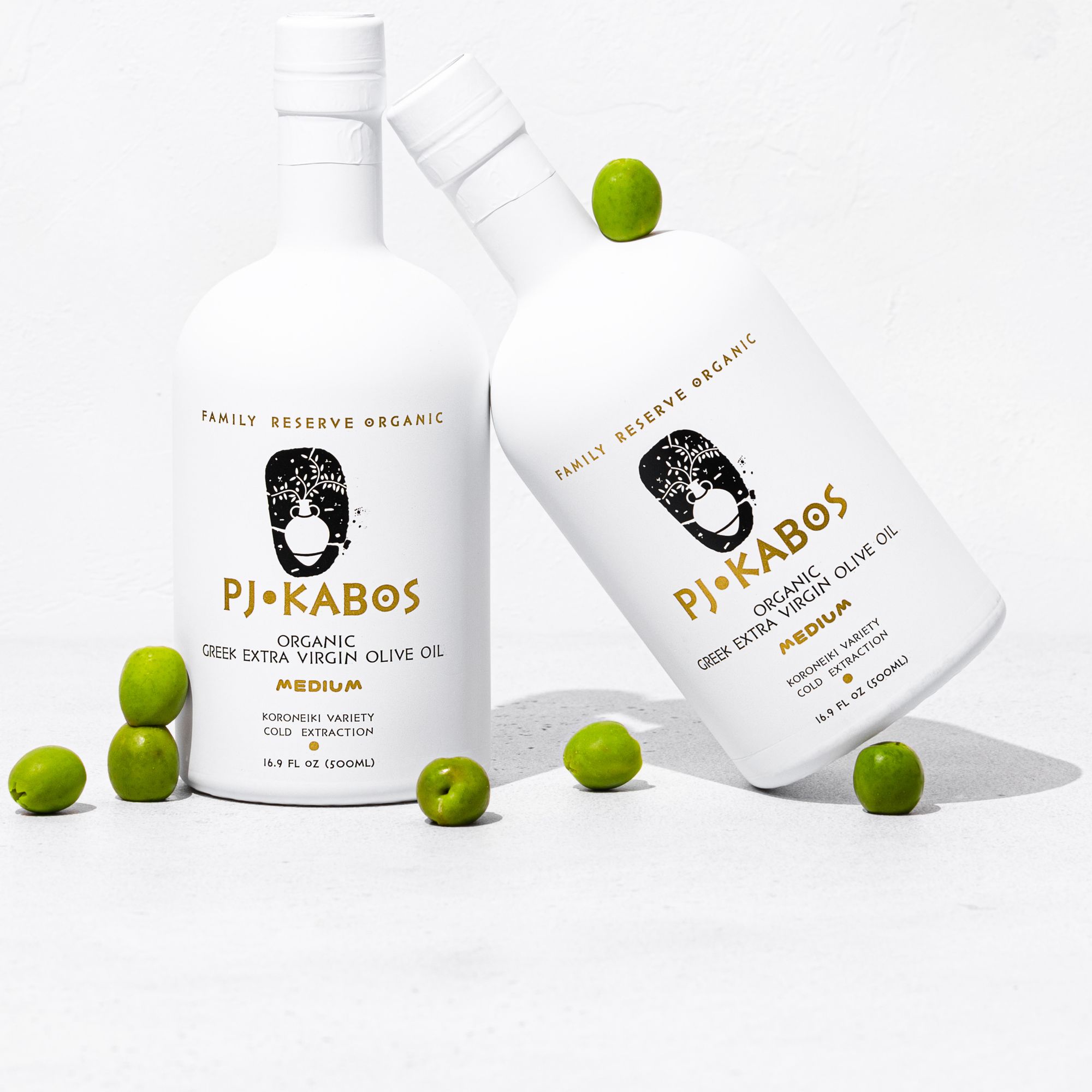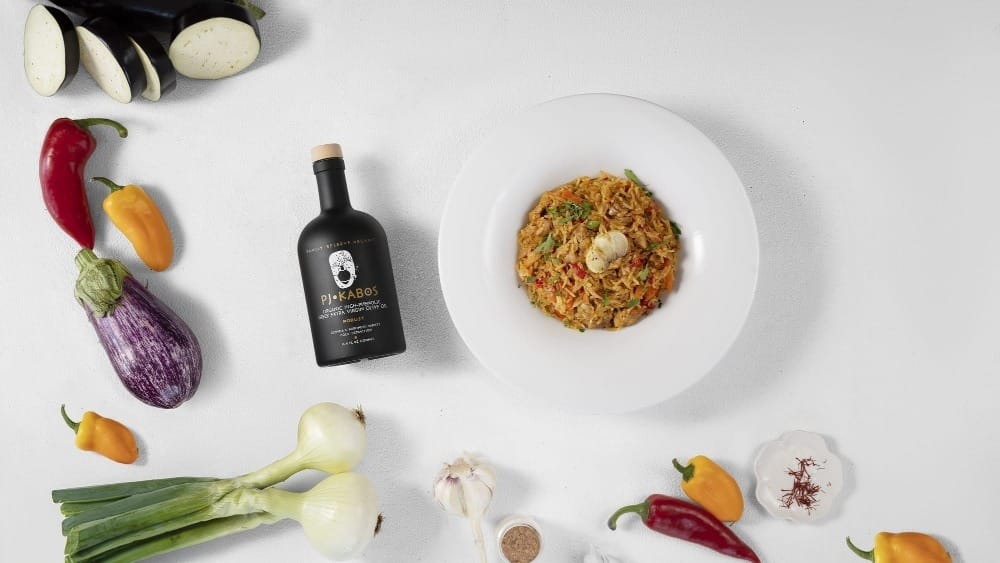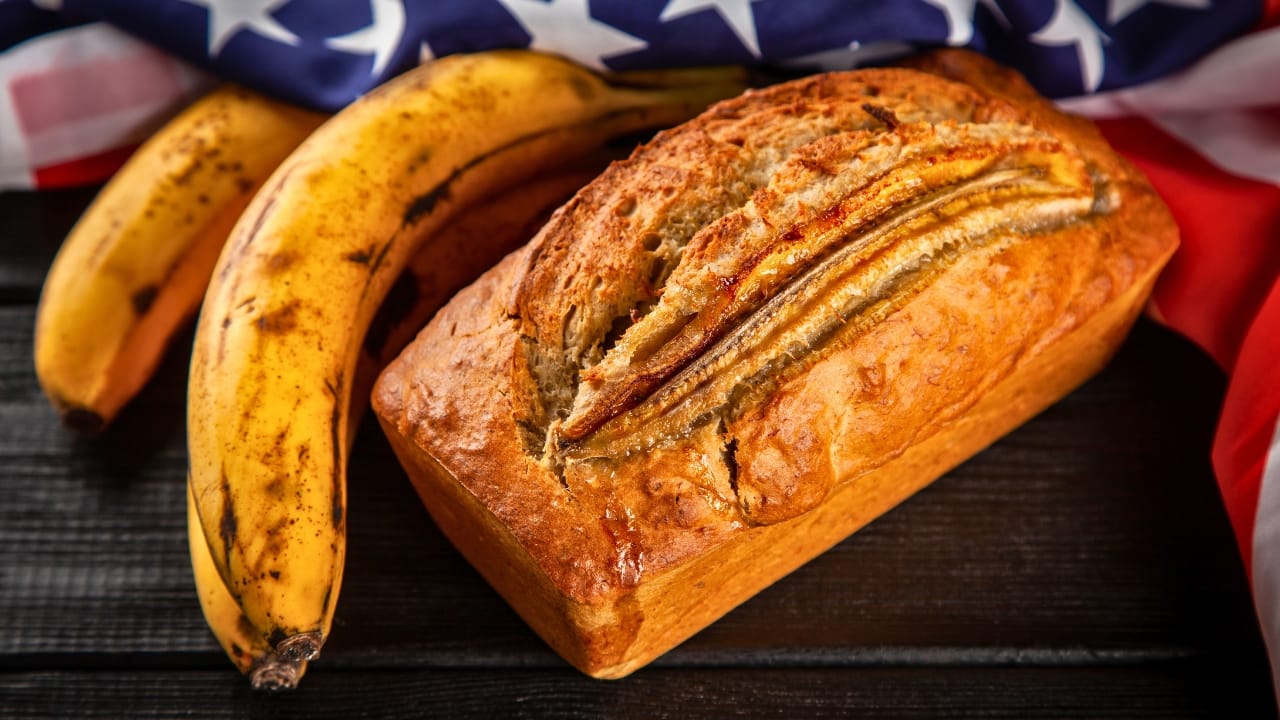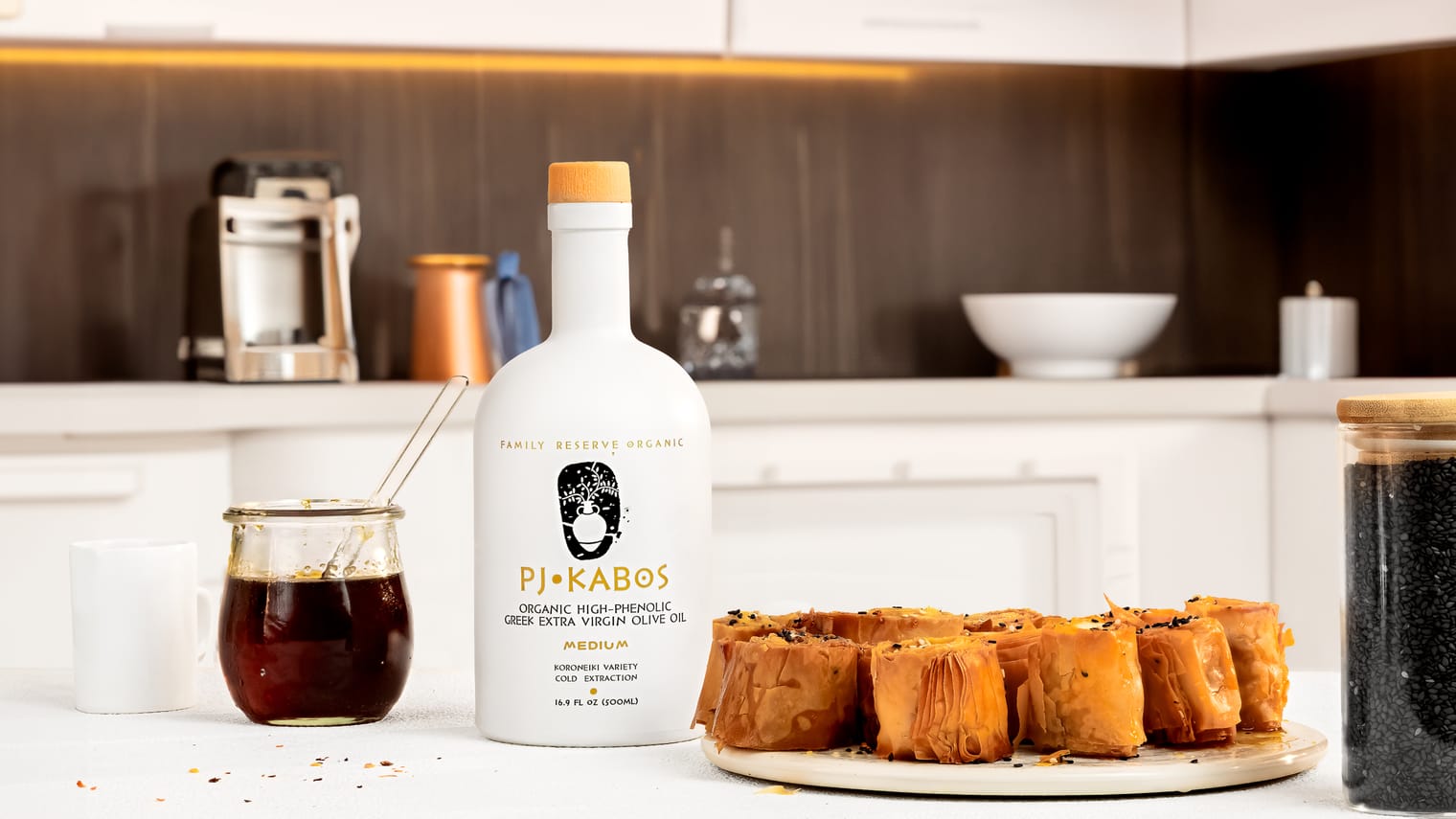In a world inundated with various cooking oils, olive oil stands out as a premium choice for both culinary and health reasons. The initial cost of high-quality olive oil may be higher compared to other oils, but the multitude of benefits it offers justifies the investment. Here are five compelling reasons why olive oil delivers excellent value for the price.
1. Rich in Healthy Fats and Nutrients
Why It Matters:
Olive oil, especially extra virgin olive oil, is rich in monounsaturated fats, antioxidants, and vitamins E and K. These nutrients contribute to overall well-being, supporting heart health, reducing inflammation, and providing anti-oxidative benefits.
Value Delivered:
When you buy olive oil, you're investing in a nutrient-dense product that supports your overall health and wellness, potentially reducing future healthcare expenses.
2. Enhances Flavor and Culinary Experiences
Why It Matters:
Olive oil elevates the flavor profiles of various dishes, from simple salads to elaborate entrees. It adds a distinct, robust taste that can transform a meal, enhancing your culinary experience.
Value Delivered:
The unique, rich flavor that olive oil adds to food enhances your dining experience, making every meal more enjoyable and satisfying.
3. Versatile in Use
Why It Matters:
Olive oil's versatility in the kitchen is unmatched. It’s perfect for sautéing, grilling, baking, and even as a dressing or finishing oil.
Value Delivered:
One bottle of olive oil can serve multiple purposes in your kitchen, eliminating the need to buy different oils for different cooking needs, and thus saving you money in the long run.
4. Long Shelf Life
Why It Matters:
When stored properly, olive oil has a longer shelf life compared to many other oils. This longevity ensures that you can use every drop without waste.
Value Delivered:
The extended shelf life of olive oil provides cost-efficiency, as it reduces the frequency of purchasing new bottles and minimizes waste.
5. Offers Numerous Health Benefits
Why It Matters:
Regular consumption of olive oil is associated with a lower risk of certain diseases, including heart disease and certain types of cancer. It's also linked to improved brain health and enhanced longevity.
Value Delivered:
The myriad health benefits of olive oil contribute to long-term well-being, which is invaluable. It’s an investment in your long-term health and vitality, potentially saving on future medical bills and enhancing your quality of life.
Conclusion
Olive oil's rich nutrient profile, versatile use, extended shelf life, and myriad health benefits underscore its great value for the price. Investing in high-quality olive oil is not just a purchase but a long-term commitment to enhancing your culinary experiences and prioritizing your health and wellness. The multifaceted value it delivers more than justifies the cost, making it a wise, enriching investment in your kitchen and your life.
PJ KABOS 'Family Reserve Organic - Medium'
High Phenolic and 2022 Gold-Award Winner.
Declared as 'One of the World's Best Olive Oils'.
Click here to shop.





